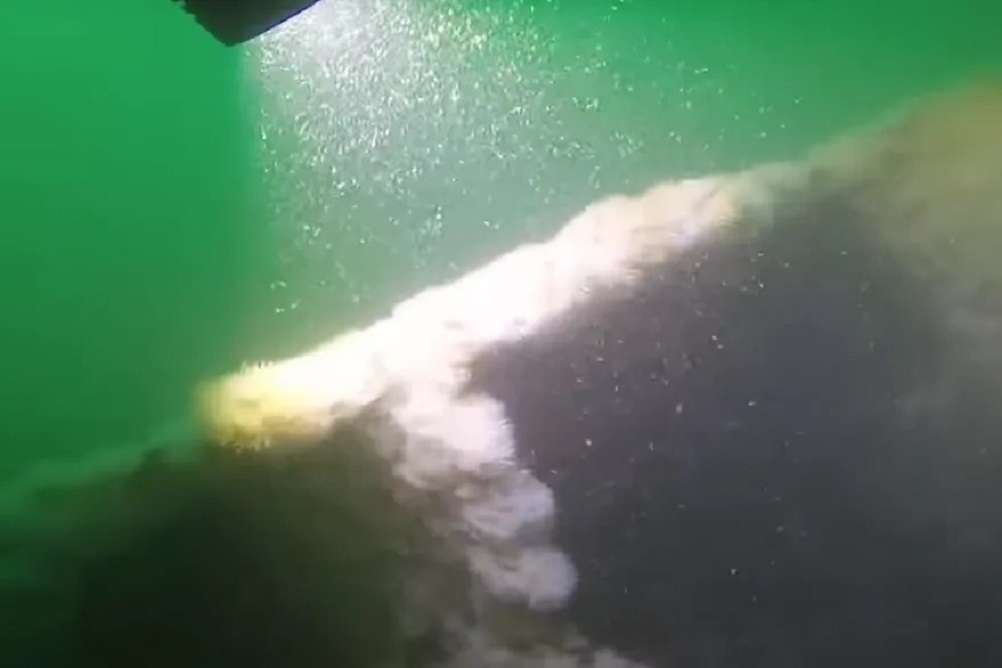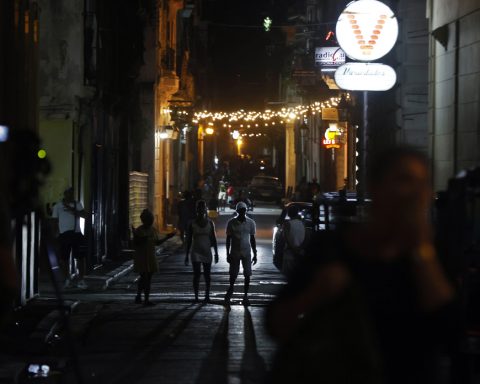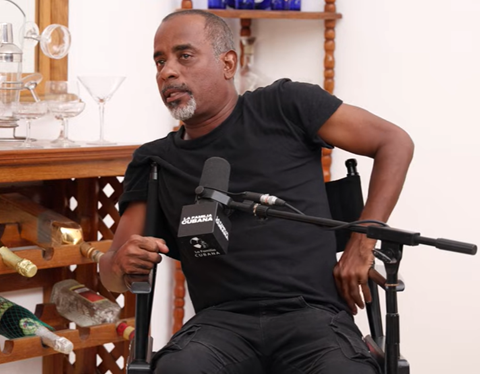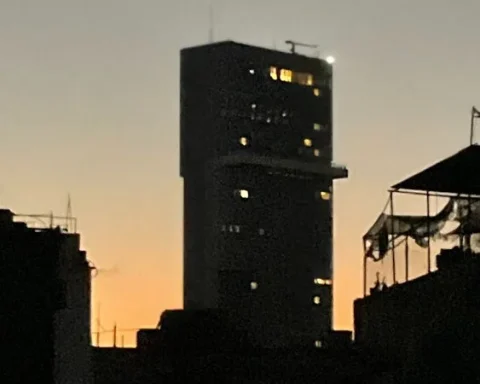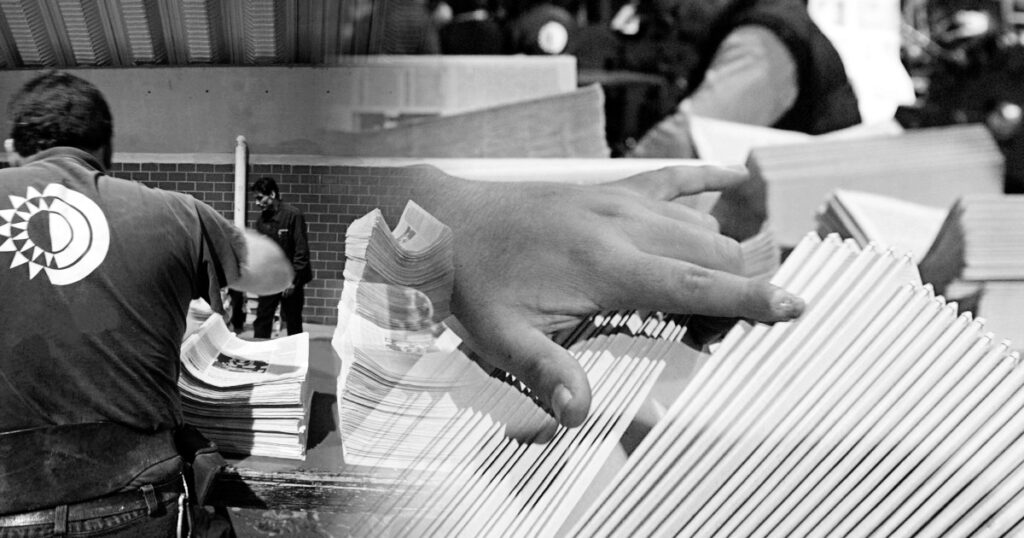Police personnel found shipwrecked remains on the Argentine coast whose estimation dates back “to the second half of the 20th century.” Some associations of experts investigate whether they correspond to a Nazi submarine.
Personnel from the Argentine Naval Prefecture (PNA) carried out underwater inspections to analyze the remains found off the coast of Arenas Verdes, in Costa Bonita, near the Buenos Aires town of Quequén.
The procedure, cited by Ephwas made after the Missing Link Project -a research group formed in 2021 to search for Nazi submarines in Argentina- communicated to the police force that, “as part of the underwater archeology initiatives” that the association carried out, they had detected “naval remains” that would not correspond to “any shipwreck” formally known.
To verify this, the Prefecture set up an operation manned by divers and with adequate technology after which “it was able to verify the existence of the shipwreck, located at a depth ranging between 25 and 30 meters and scattered in an area approximately 80 meters long by 10 meters wide. Wide”. The remains showed a “high degree of deterioration”, which made it impossible to determine their type or origin.
But, later, the National Institute of Latin American Anthropology and Thought prepared a technical report in which it concluded that the remains correspond to “a set of metallic structures and objects, mainly ferrous and possibly associated with some type of floating platform or vessel for port use.” ”. Its “construction and use period” is estimated in the second half of the 20th century.
In statements to the channel TN, Abel Basti, promoter of Missing Link, specified this Tuesday that, through the images of the Prefecture, experts ruled that it is not a ship and that there are parts compatible with a submarine. Basti, specialized in investigations related to Nazism, added that the Italian Naval League – dependent on the Italian Ministry of Defense and specialized in shipwrecks from World War II – is carrying out a second survey and will determine its conclusions in the coming days.
To explain how Missing Link, declared of municipal interest in Necochea and Lobería, obtained evidence of the existence of these remains, Basti referred to a “very particular incident that is well documented” that dates back to the winter of 1945, when a commissioner received complaints from locals who said they had seen “lights at night on that beach and that landings were taking place.”
That commissioner, continued Basti, found that near the coast where the remains were found there was “a very large room” with “blond foreigners who did not speak Spanish” and with “machine guns in their hands”, something that he reported to his superiors, who told him he didn’t have to “do anything” and to forget about it.
“I believe that this incident gives some signal regarding the complicity or permissions that existed in a prohibited way for these events,” remarked Basti, who defends the theory that Adolf Hitler did not commit suicide, but escaped to Argentina in a submarine under the complicity of President Juan Domingo Perón (1946-1955 and 1973-1974) with the Nazis fleeing post-war Germany.
With information from Efe and La Nación.
